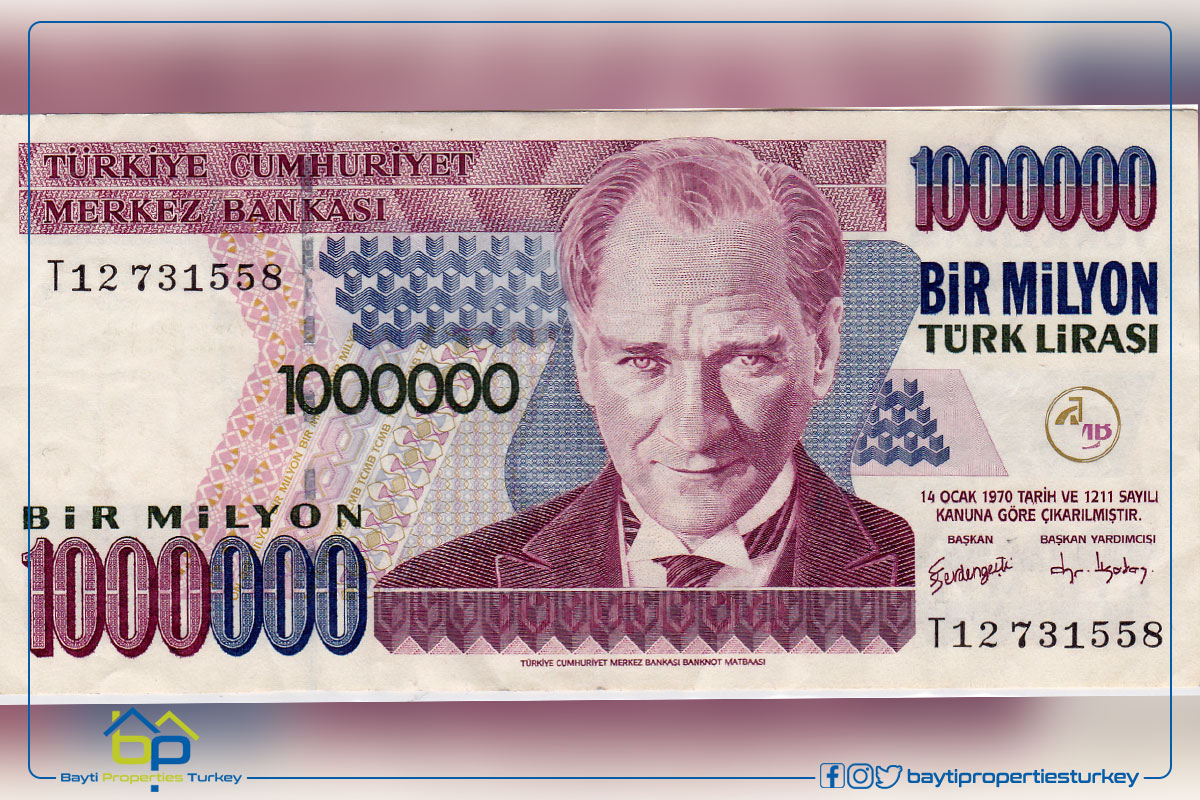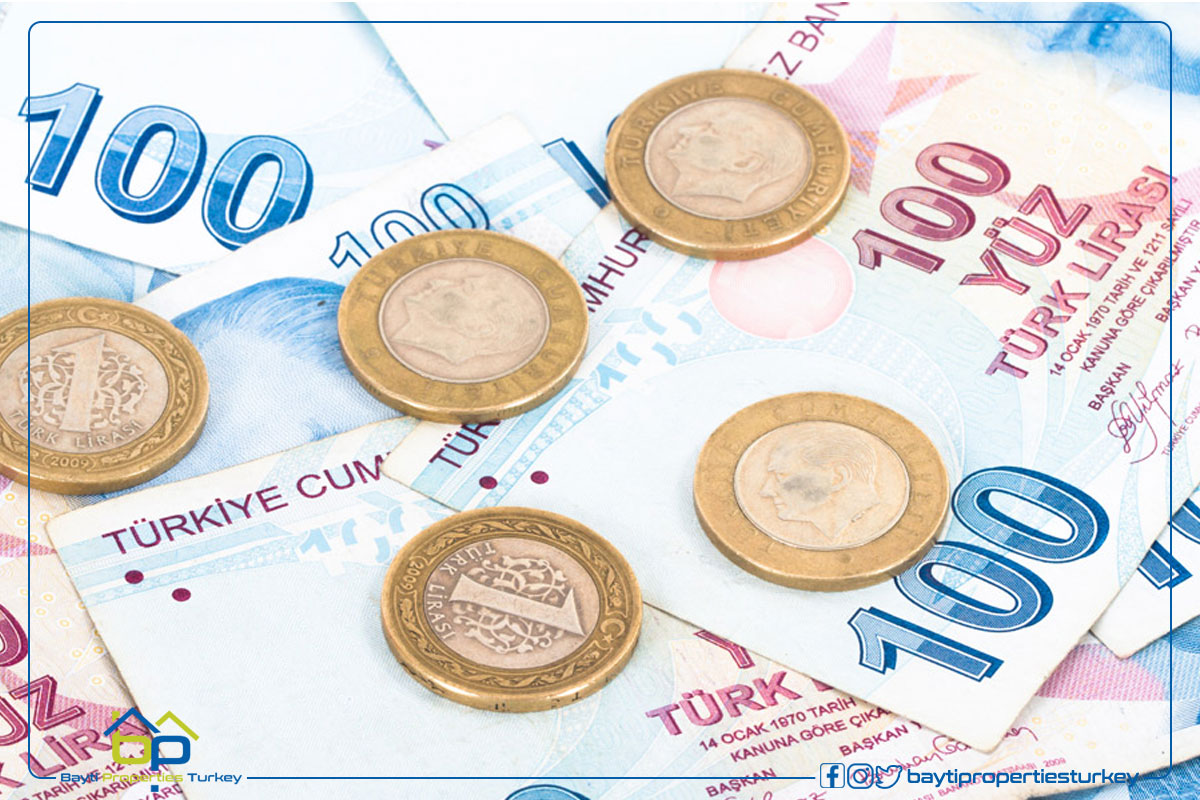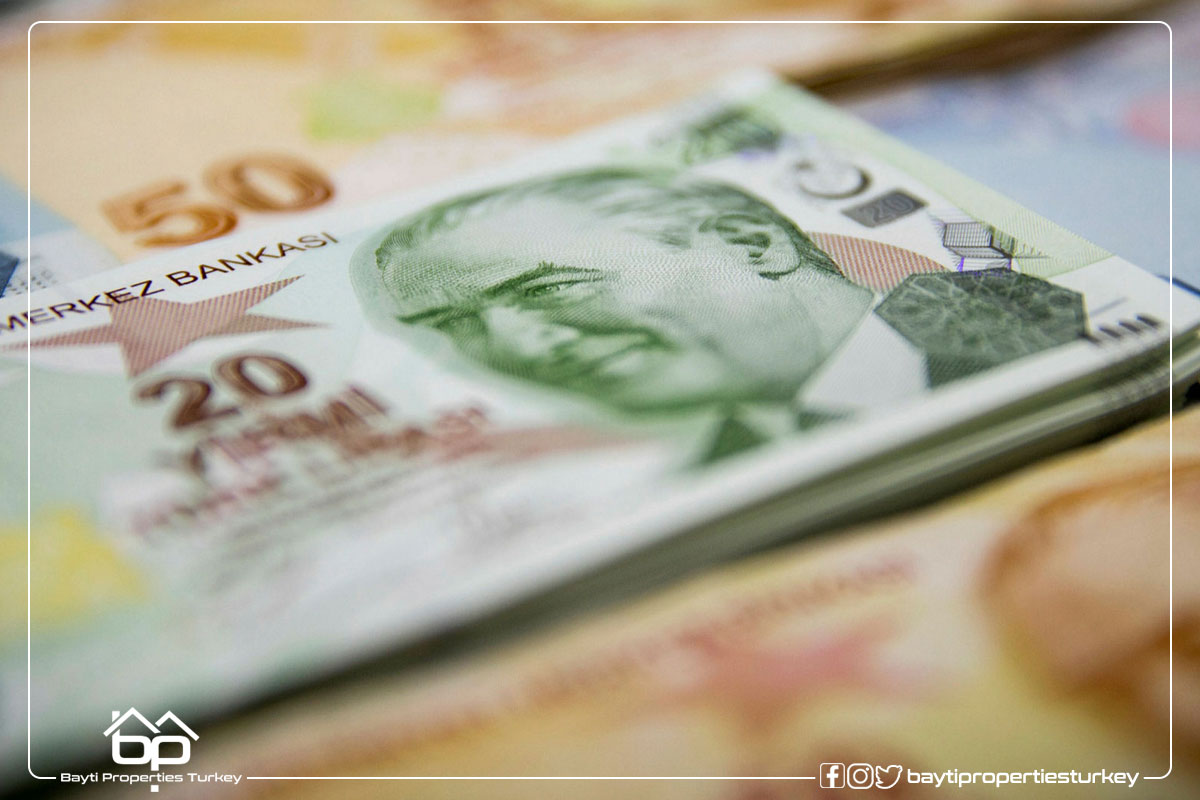The Turkish lira
A currency that came to light while the sun of the Ottoman Empire tended to set, a currency that accompanied the Turkish homeland on a journey that was marked by major historical transformations from an Islamic caliphate that ruled a large area of the land, to a Turkish republic to a strong state inspired by the distant past in the face of the future.
The lira is an Italian word inspired by the libra, which is a Roman unit of weight taken from the Latin referring to the scale.
The lira appeared in Turkey for the first time in 1875 when the Ottoman Empire was ruling a large area of the world.
The lira was initially made of gold and then printed from paper, to inherit a long history of the famous Turkish currencies such as Aksha, Qirsh and also Para, which has continued to be synonymous with the word money until our time.
The caliphate fell in the aftermath of the First World War, the Sultan was removed and the modern Turkish Republic was declared in 1924, and the father of the Turks, Mustafa Kemal Ataturk, took over the presidency.
The Ottoman lira took the name of the Turkish lira and was issued in paper and metal form, and a picture of Ataturk was placed on it. It was the first Turkish lira to be printed in 1927 and in Ottoman letters.
And when the Turkish writing changed to Latin letters instead of Ottoman, the lira was printed again with modern letters.
In 1940 the lira was printed outside Turkish territory in England with a picture of President Inonu and the money was shipped from London, but the violent waves of World War II swept near a Greek port,
The Greeks saved the Turkish lira, but the incident caused a clear deterioration of the currency.
The sea betrayed the lira, so the Turks went to print it in Germany and transported it by land to save paper currency.
To be an unlucky experience, as the Turkish lira was printed without the knowledge of the German Central Bank, so it was decided to be canceled.
After the end of World War II, Turkey began negotiating about the possibility of printing its paper currency within the borders of the country. Work began in 1951 to establish a currency printing press, which began operating after 7 years.
In the seventies of the twentieth century, the Turkish lira was going through difficult days for political reasons, a global oil crisis following the October War that affected the global economy,
The crisis escalated when an economic blockade was imposed on Turkey after its intervention in Cyprus, and the Turkish lira deteriorated until a thousand of it was not worth much.
In 1995, for the first time in Turkey, the one-million note was printed, and it was included in the Guinness Book of Records that year as the least valuable currency, and the lira remained in this position until 2004,
The Turkish government tried to develop a plan to confront the inflation that hit the currency and weakened it, so the state was forced to issue the currency regulation law, according to which 6 zeros were deleted from the currency, to start a new generation of paper lira.
After deleting 6 zeros, the lira regained its strength so that the lira remained a currency with a history.












